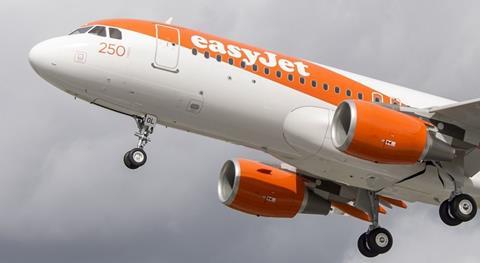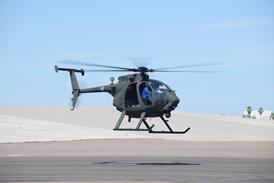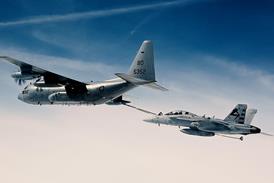Two identical serious take-off incidents within two weeks involving EasyJet Airbus A320s at Lisbon have spurred UK investigators to advise Portugal’s airports operator to stop using confusing terminology for runway departure positions.
Both incidents involved the aircraft accelerating with insufficient thrust and becoming airborne close to the far end of the runway.
The UK Air Accidents Investigation Branch says an A320, bound for London Luton on 24 April last year, had intended a departure from the S1 intersection of Lisbon’s runway 21.
It states that – for “reasons described as historic” – the aeronautical information publication for Lisbon refers to runway take-off points as ‘positions’, unlike airports elsewhere.
While calculating take-off performance criteria with the electronic flightbag, the pilots both based the calculation on the take-off position designated ‘PSNSTMP’ – for temporary position S – believing it to refer to the S1 intersection.
But this designation actually stood for the S4 intersection, used for a full-length runway take-off of 3,805m, which would have allowed a lower thrust level.
The crew did not cross-check the take-off distances available from the two positions and, as a result, failed to detect the error.

Although the A320 ultimately departed from the nearby U5 intersection, the available take-off distance was still only 2,410m – nearly 1,400m less than the full-length runway.
The incorrect performance calculation meant the A320’s thrust was too low for the departure. Although the captain mentioned that the take-off roll “felt wrong”, says the inquiry, full take-off thrust was not selected.
Flight-data recorder analysis shows the aircraft’s ground roll was 1,860m and it lifted off about 400m from the runway end, overflying the upwind threshold at about 100ft.
The incident involving aircraft G-EZTD was followed just 14 days later by an “identical” event, with another EasyJet A320 (OE-IJL) operating to Paris on 7 May took off 350m from the runway end. It crossed the threshold at 75ft.
“Robust adherence to procedures is a key defence against such incidents occurring,” says the inquiry, pointing out that pilots often find reduced acceleration difficult to recognise.
EasyJet has since taken steps to prevent a recurrence including issuing a notice to crews clarifying take-off positions from Lisbon’s runway 21, and raised awareness of the incidents among pilots.
“We are aware of the report and fully assisted the AAIB with its investigation,” says the budget carrier. ”The safety of our passengers and crew is always our highest priority.
“We take events of this nature seriously and will always take action to ensure we maintain the highest standards of safety. As highlighted in the report we proactively took a number of safety actions.”
It has also engaged with Airbus with regard to future potential protective measures.
Although Airbus is developing a system for the A320 intended to offer protection against incorrectly-calculated take-off performance, it indicated to the inquiry that the system in its current state would not have warned the crews of either EasyJet aircraft because the runway remaining exceeded the forecast lift-off distance.


























